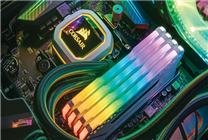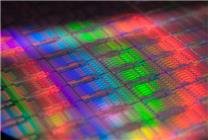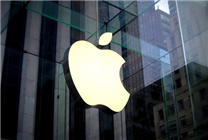Summary of Key Points
- Memory Price Surge: Prices for memory and SSDs have seen unprecedented increases, primarily due to AI-driven demand.
- Market Dynamics: Major manufacturers are shifting focus away from DDR4 production, further complicating supply.
- Future Outlook: Projections suggest that current price increases may only last for a limited time, with a potential downturn by 2027.
The annual Double 11 shopping festival has commenced, yet for PC enthusiasts, the excitement is notably dampened. Recent reports indicate a significant escalation in memory and SSD prices, with increases becoming commonplace. These price hikes render the anticipated discounts of Double 11 less impactful, particularly for PC gamers and professionals who rely on high-performance components.
Understanding the Price Drivers
The surge in memory prices can largely be attributed to the burgeoning demand for AI technologies. The demand for High Bandwidth Memory (HBM) has intensified, compelling leading manufacturers—such as Samsung, SK Hynix, and Micron—to prioritize production of these high-margin products. Consequently, the availability of traditional memory options has diminished, creating a supply crunch that affects pricing across the board.
In addition to this shift in production priority, the gradual sunset of DDR4 manufacturing is exacerbating the situation. Major players like Samsung are winding down DDR4 output even as demand in markets like set-top boxes remains steady. This unanticipated demand for DDR4 has caused a pricing phenomenon where its spot prices outstrip those of newer DDR5 technology, illustrating a rare market inversion.
Unprecedented Price Increases
The repercussions of these factors have been profound. According to research by TechInsights, the spot price of memory in September surged to triple its value from the same period last year, while the first half of the year only experienced modest single-digit price increases. Such sharp fluctuations reflect the disruptive impact of supply chain constraints and heightened demand stemming from AI investments.
If you’ve been monitoring memory prices on various e-commerce platforms, you’re likely to notice average increases of 30% to 50%. Instances of marketplace manipulation are also common when supply and demand dynamics shift, as seen in previous economic patterns.
Will the Surge Continue?
While AI demand might be fueling current price hikes, skepticism looms over the sustainability of such increases. Industry experts at TechInsights predict that these price escalations may be short-lived, potentially lasting only one to two years. As AI infrastructure matures, a period of adjustment is expected, leading to price corrections. Projections indicate a shift could occur as soon as 2027, when a downward cycle in pricing for memory products is expected.
Implications for Consumers
For the average consumer, the uptick in memory and SSD pricing is not just a passing trend. From now through the end of 2026, the market is likely to remain volatile, impacting consumer products like PCs and mobile devices. This reality poses challenges for anyone looking to upgrade or purchase new technology. As such, consumers are advised to exercise caution: if upgrades are not essential, delaying purchases may be prudent.
In conclusion, the current landscape of memory pricing is a complex interplay of AI-driven demand and manufacturing shifts. As we enter a new phase in PC technology, staying informed is crucial for making savvy purchasing decisions in an increasingly challenging market.








